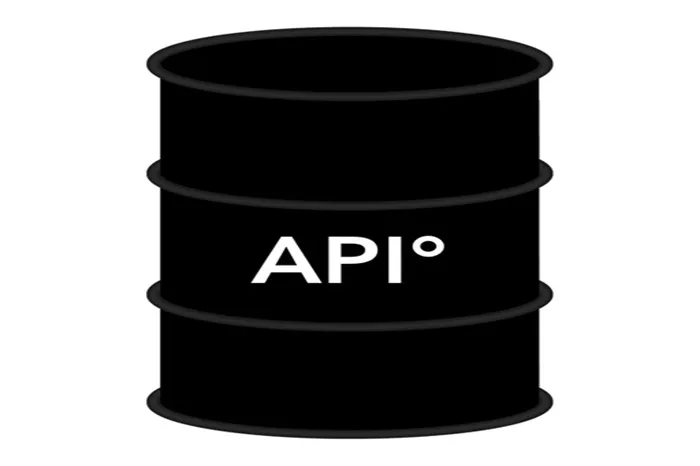API gravity, a term commonly encountered in the petroleum industry, stands as a critical measure used to gauge the weight or lightness of petroleum liquids in comparison to water. Developed by the American Petroleum Institute (API), this metric plays a pivotal role in the classification and commercial valuation of petroleum products. This article delves deep into the concept of API gravity, its calculation methods, its practical applications, and specifically its relevance to gasoline.
Definition of API Gravity
API gravity is a measure that helps determine whether a petroleum liquid is heavier or lighter than water. The measurement is expressed in degrees and indicates the relative density of the petroleum liquid compared to water. Water has an API gravity of 10 degrees. If a petroleum product has an API gravity greater than 10, it means the product is lighter than water and will float on water. Conversely, if the API gravity is less than 10, the product is heavier than water and will sink.
Formula for Calculating API Gravity
Understanding the formulae involved in API gravity calculations is essential for accurately assessing petroleum products.
API Gravity Calculation from Specific Gravity
The specific gravity (SG) of a substance is a dimensionless number that expresses the ratio of the substance’s density to the density of water at a specific temperature (usually 60°F or 15.6°C). API gravity can be derived from the specific gravity using the following formula:
API Gravity=141.5/SG −131.5
Specific Gravity Calculation from API Gravity
Conversely, if the API gravity of a petroleum liquid is known, its specific gravity can be calculated using:
SG=141.5/API Gravity+131.5
These formulas are crucial for converting between specific gravity and API gravity, allowing for more precise classifications and comparisons of petroleum liquids.
See also: 4 Steps To Investing In Gasoline Stocks
Application of API Gravity
API gravity is not merely a theoretical measure; it has practical implications in the petroleum industry. It is extensively used to classify petroleum products, assess their quality, and determine their suitability for various applications.
Classification of Petroleum Products
API gravity helps in categorizing petroleum products into different types based on their density:
Light Crude Oil: API gravity greater than 31.1 degrees. Light oils are highly sought after because they yield more high-value products such as gasoline and diesel.
Medium Crude Oil: API gravity between 22.3 and 31.1 degrees. These are moderately dense and are versatile in their use.
Heavy Crude Oil: API gravity between 10 and 22.3 degrees. Heavy oils are denser and more viscous, requiring more complex refining processes.
Extra Heavy Crude Oil: API gravity less than 10 degrees. These oils are very dense and difficult to extract and process.
Volume Calculation of Petroleum Products
API gravity also plays a significant role in calculating the volume of petroleum products. For instance, the number of barrels per ton of crude oil can vary depending on the API gravity. Lighter oils with higher API gravity will have more barrels per ton compared to heavier oils.
This calculation is essential for various commercial transactions and logistical operations in the petroleum industry. For example, in trading crude oil, companies must accurately convert weight measurements (like tons) into volume measurements (like barrels) to ensure proper valuation and to manage storage and transportation efficiently.
API Gravity Range of Gasoline
Gasoline, as a refined petroleum product, typically has an API gravity within a specific range. Generally, the API gravity of most petroleum liquids falls between 10 and 70 degrees. Gasoline, being a relatively light product, usually has an API gravity between 50 and 60 degrees. This range makes gasoline lighter than water, which is crucial for its functionality and use in internal combustion engines.
Conclusion
API gravity is a fundamental measure in the petroleum industry, providing valuable insights into the properties and classifications of various petroleum liquids. By understanding and utilizing API gravity, industry professionals can better manage and optimize the extraction, refinement, and distribution of petroleum products.
Gasoline, a critical fuel in our daily lives, is typically characterized by a high API gravity, underscoring its lightness and efficiency as a fuel source. Accurate calculations of API gravity, whether for gasoline or other petroleum products, are essential for ensuring the proper handling and valuation of these vital resources.
In summary, API gravity serves as a crucial metric in the petroleum industry, aiding in the classification, quality assessment, and commercial transactions of petroleum products. Through its applications, industry professionals can ensure the optimal use and management of these resources, driving both economic and operational efficiencies.
Related topics:

